The main aim of the first phase of the project will be to provide the most representative sample for the purpose of DNA analysis of the pathogen.
The skeletal material that will be used in the project derives from five cemeteries: two cemeteries dated into the 6th century CE (80-100 graves), two cemeteries dated between the 6th and 8th centuries CE (137 graves), and one cemetery dated between the 7th and 9th centuries CE (197 graves). All cemeteries are previously excavated sites with precise chronological frameworks and available archaeological context data, located on the territory of modern-day Serbia.
© 2023 Firpangen • All Rights Reserved
